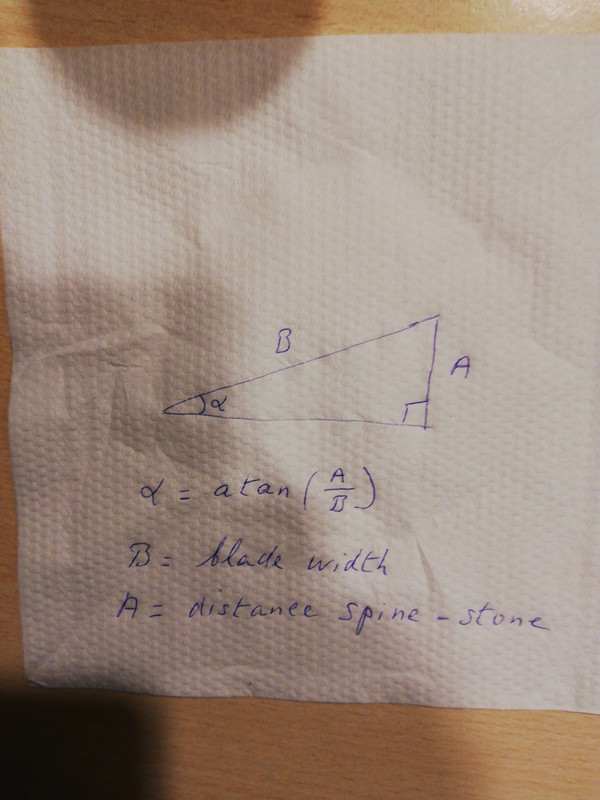Many blades are LASER etched, nothing is taking that off except abrasives.
Most "permanent" marker inks will come off from skin oils in your sweat, you can just rub small marks off with your fingers.
Alcohols are effective for removing many marker inks from impermeable surfaces, either denatured ethanol or isopropyl "rubbing alcohol" from the drug store work fine in my experience- Methanol too, but it's more toxic to breathe.
Acetone works well, but I would rather not breathe the fumes. Plus, it drys your skin out badly.
D-Limenone in citrus hand cleaners take these inks off well too. But- Do NOT use those types of hand cleaners which include PUMICE or other abrasives on steel! I WRECKED a 2 cycle engine's piston rings once by cleaning the air filter with such an abrasive containing hand cleaner.
Brake cleaners ("Brakelean") containing chlorinated hydrocarbons works REALLY well, but you fingers will be so dry afterwards that the skin will split open.
If you are so foolish/ignorant as to HEAT such a chlorinated hydrocarbon metal cleaner afterwards, welcome to a WWI level chemical weapons attack type death. Several mechanics have DIED from phosgene gas poisoning after using an acetylene torch on Brakelean contaminated steel parts too soon after such a cleaning.
https://www.brewracingframes.com/safety-alert-brake-cleaner--phosgene-gas.html
Live and learn... Fail to learn and you won't be around to post about your eXp3r13nc3S on Th3 interwebz.





